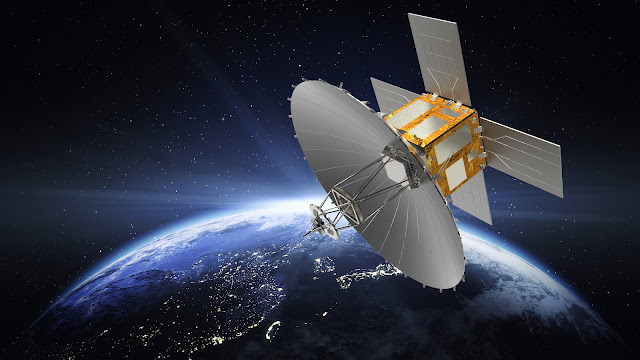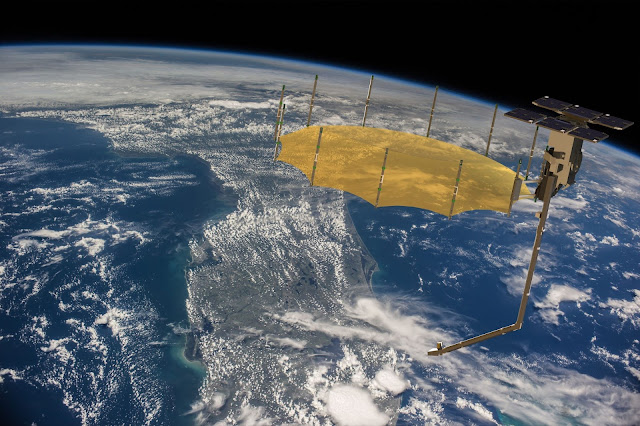Synthetic Aperture Radar: Revolutionizing the Imaging Industry
Synthetic Aperture
Radar (SAR) has emerged as a game-changer in the imaging industry. With its
ability to capture high-resolution images from space, SAR technology is
transforming the way we perceive the world around us.
On the basis of product
type, the global Synthetic Aperture Radar (SAR)
Market is classified into: Space based SAR, Air based SAR.
Synthetic Aperture Radar (SAR)
works by utilizing radio waves to create detailed images of the Earth's
surface. Unlike optical imaging systems, SAR can penetrate through clouds,
rain, and even darkness, making it highly useful for various applications.
One of the key
advantages of Synthetic Aperture Radar (SAR) is its ability to generate three-dimensional maps with
incredible precision. By analyzing the phase and amplitude of the returning
signals, SAR can accurately determine the topography of a given area. This
information proves invaluable in various fields, including urban planning,
disaster management, and environmental monitoring.
The versatility of Synthetic Aperture Radar extends
beyond the Earth's surface. SAR satellites can also monitor ocean currents,
detect oil spills, and track ice formations. These capabilities have proven
essential in ensuring the safety of maritime activities, enabling efficient
navigation, and aiding in the study of climate change. The global Precision Guided Munition Market
size was valued at US$ 35.85 billion in 2023 and is anticipated to witness a
compound annual growth rate (CAGR) of 7.1 % from 2023 to 2030.
The Synthetic
Aperture Radar industry has witnessed significant growth in recent years,
with several companies investing in research and development to enhance SAR
capabilities. Advancements in technology have led to the development of
smaller, lighter SAR systems, expanding its applications even further. SAR's
integration with machine learning algorithms has opened up new possibilities.
By leveraging artificial intelligence, SAR imagery can be automatically
analyzed to identify specific features or patterns, saving time and resources
in various industries.
Synthetic Aperture Radar has revolutionized the imaging
industry. Its ability to capture high-resolution images regardless of weather
conditions or lighting has made it an invaluable tool for a wide range of
applications. As technology continues to advance, we can expect SAR to play an
increasingly significant role in various fields, from urban planning and
disaster management to environmental monitoring and maritime activities.

.jpg)


Comments
Post a Comment